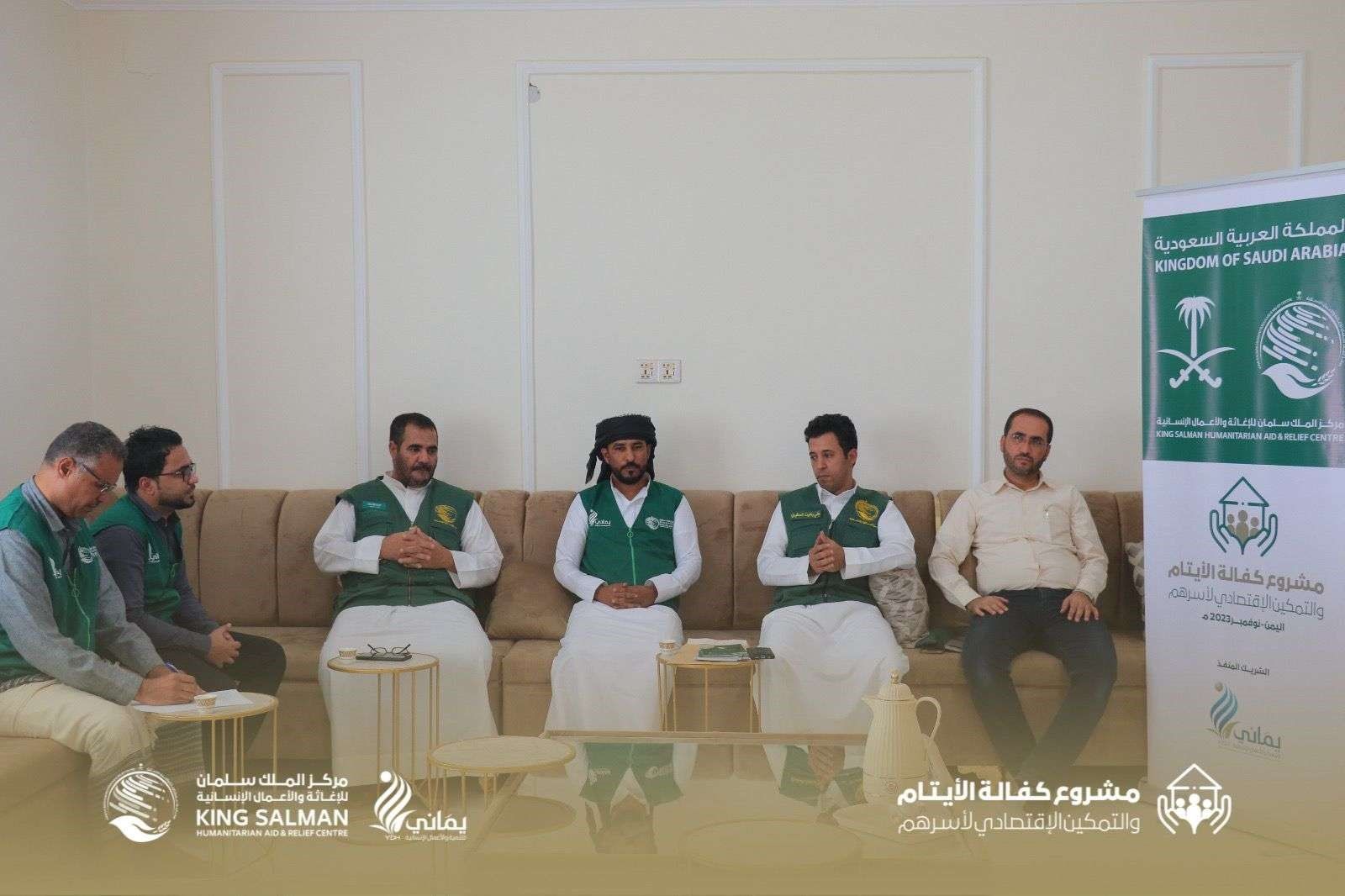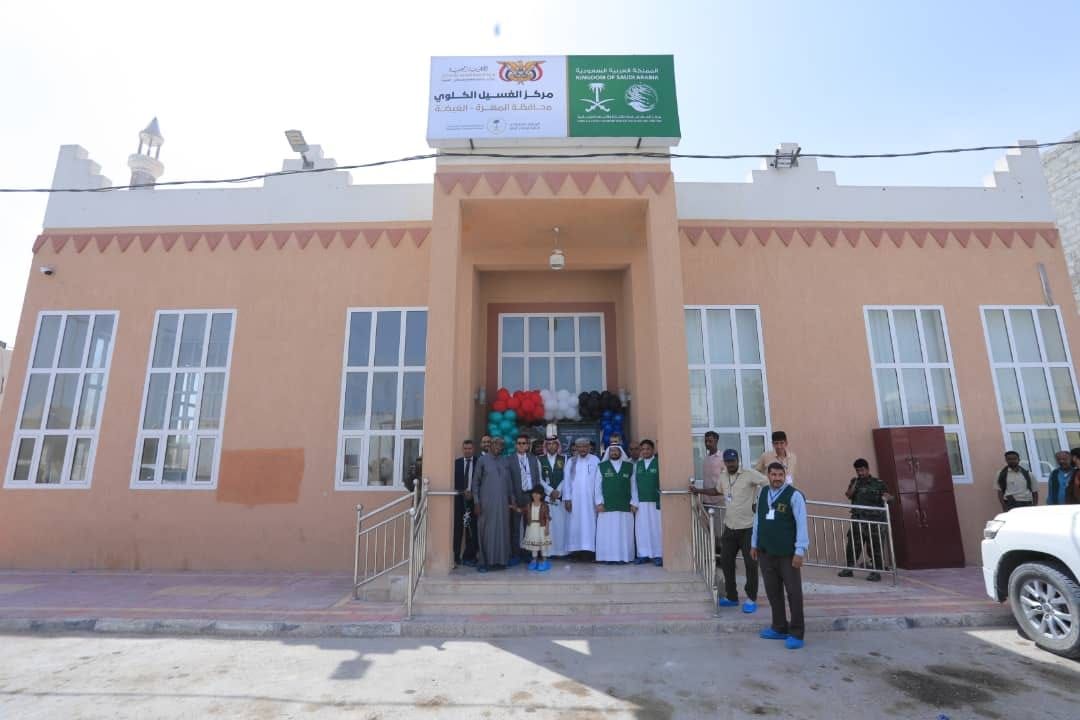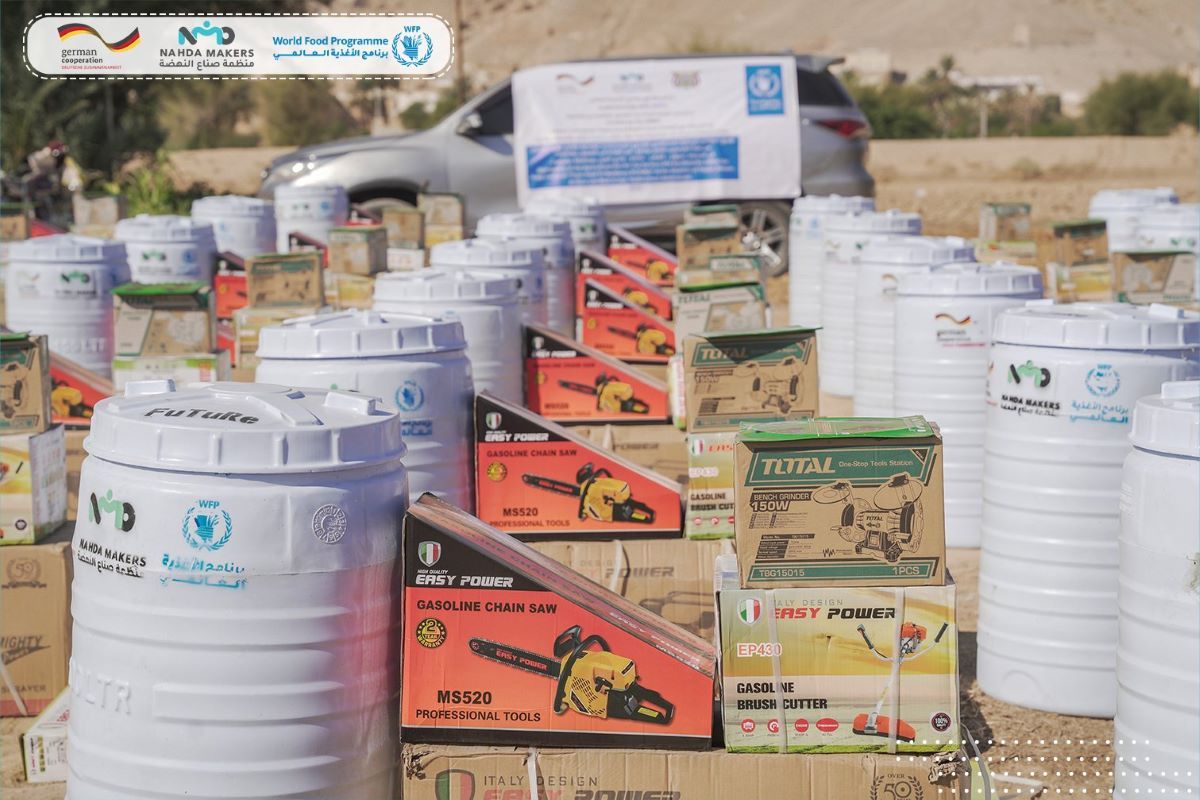Khabar Khair (Only Good News) – Fatma Rashad
The buildings of the Yemeni coastal city of Aden enjoys a distinct character that is evident in the old neighborhoods, and expresses a specific spatial identity. It is also one of the historical landmarks of the city drawn by the British since their entry at the end of the eighteenth century.
The neighborhoods of the old city of Aden mixed the diversity that extended from London to Mumbai. Those who live in Aden love its small details, which features were shaped to attract everyone who lives in it or comes to visit it.
The researcher in historical cities Najmi Abdul Majeed says, “The Adeni houses are distinguished by their strong structure, and the details of the architectural construction of the houses appear through the materials that were used in the construction, such as wood and stones.
There is a mixture of pumice, which is known in Aden, as the Jabal Shamsan (mountain) is distinguished by the presence of pumice, where it is ground and water, and lime are added to it, which is called in the dialect (lime mortar).
Najmi added, “The Adeni character in the construction assortment of houses is characterized by the red bricks, and all the Adeni houses use the bricks as material in their buildings”.
Aden’s Heritage and History
There are many historical cities in Yemen, and each city has its own distinctive and special character in the construction, designs and materials used. Sana’a has a special character, as well as Shibam Hadhramaut, which created the first skyscrapers out of mud, and Zabid is a city of heritage and decoration, while Aden has a different character as a coastal city located on the Arabian Sea.
Mazen Al-Sherif (interested in Aden heritage) says, “The houses of Aden are characterized by an architectural character that is mixed with all the cultures and races that inhabited it. It is a mixture of sects, religions, customs, and traditions, it is a wonderful magical mixture. Even the speech is a mixture of all the vocabulary of the races that inhabited it, as the Adeni dialect is distinctive, and the Adeni architecture was affected by all of the above”.
Mazen added, “The Adeni architectural style spreads in the neighborhoods of Crater (the old city) and some neighborhoods of Al-Tawahi, Al-Mualla and Sheikh Othman”.
He says, “Houses take a longitudinal shape and consist mostly of three floors stacked next to each other, as there are no empty spaces between the houses of one neighborhood in neighborhoods that have an organized, tidy and spacious layout”.
Mazen asserts, “The capacity of the neighborhoods takes into account the entry of appropriate ventilation into the homes, as Aden is one of the hot areas most days of the year, to ensure that proper ventilation reaches the homes, the facades of the houses are adorned with many beautiful windows crowned with colored glass and wood panels”.
Building Materials in Adeni Character
There are materials that were included in the construction of Aden houses, which is the Shamsan stone, which is extracted from the Shamsan Mountains. This stone is known for its strength and hardness and is not affected by moisture, as well as it works to isolate the house from the outside heat, and there is the pumice mixture that was used in many Adeni buildings and facilities, and it is known as the mortar mixture. In addition to the wood used, there is a type of solid wood called (Teak and Sal) used in ceilings, doors and musharabiyya (oriels), and what distinguishes the Aden character is the use of grilles in doors, windows and musharabiyya to ensure ventilation for homes in the summer.
The architect, Muhammed Al-Hadhrami, said, “There are components that entered into the construction of architectural facades that express the history of Aden. The Adeni houses in the days of the British had a specific shape upon which they were built. This is a phenomenon in the style and variety that we see in the buildings (the main street), which took a distinct character of the Adeni houses”.
He added, “It is clear in the construction of Aden and its houses the special character of the building, which is reflected in the materials used and in the wonderful architectural form which was designed in a professional way, although at that time it was not open to information as it is now, as the internet saved the design process”.
Al-Hadhrami said, “The advantage of the engineering and architectural construction of the houses of Aden lies in their construction of Jabal Hadid (Iron Mountain) stones that contain iron”.
For his part, researcher Khaled Seif said, “There are a number of buildings built in Aden that date back to before the presence of the British colonialists. Aden gate and tall tanks that were rediscovered by the British, in addition to castles, forts and fences on the tops of the mountains”.
Seif added, “As for the residential buildings and the commercial district, some of them were built during the English period and others before that”.
Seif said, “Captain Haynes wrote in his memoirs during his visit to Aden before colonialism between 1842-1942 AD, and presented them to the Indian government at that time; that the population of Aden is 600, with a hundred houses built mostly of dried mud, and the largest house is the house in which Sultan Mohsen resided when he was in Aden, which later became the residence of Captain Haynes, he concluded, after that, Captain Haynes ordered in the year 1942 AD to build 152 large new houses of stones painted with lime as well as shops built of stones, mats and bamboo”.
Facades of Buildings in Ancient Aden
The doors in the Aden houses are characterized by the grille that is used in the ground houses to ensure ventilation, and the Aden houses are characterized by the abundance of windows in the facades to penetrate the air in order to reduce the heat of the hot weather in the governorate of Aden, as it is known, it is made of wood stained with colored glass and its shape is like a semi-circular lunar shape.
There are windcatchers which are small openings above the windows and doors which task is to expel the hot air and replace it with the cold air. As for the corniche, it is a separating strip with horizontal stitches separating each floor from the other and it is taken either from the sun stone carved with certain shapes or from the pumice.
Among the facades of the Adenic character is the belt (az-zinnar), which is an unobtrusive horizontal decorated strip separating the floors. The crown, which is an Adeni character, is a wall above the house covered with a layer of pumice, in addition to the inscriptions, decorations and phrases from the Islamic culture that adorn the facades.
Engineer’s Recommendations
Architect Ahmed Al-Hazm made many recommendations regarding the old buildings of Aden, including paying attention to and developing archaeological buildings, especially those located on the waterfront, and the need to pay attention to urban spaces in the old areas by replacing the collapsed or ramshackle ones with green areas that soften the atmosphere.
The architect Al-Hazm called the specialists in the field of architecture to conduct specialized studies to show the special nature of the traditional buildings of the city of Aden and to preserve them, and the necessity of establishing building control and setting building laws and legislation commensurate with the environment, climate and style, and providing the architectural privacy of the city of Aden, and every region that is characterized by a civilized heritage commensurate with the environment, thus not to confuse the architectural style of the Yemeni regions. We must preserve the Aden character in construction, and hold accountable those who change the Aden architectural style to another style other than the existing one through demolition. Introductory courses must be conducted for the Aden architecture that the world is ignorant of, especially the Aden houses that have a long history and heritage that must be recognized and promoted

















LEAVE A COMMENT